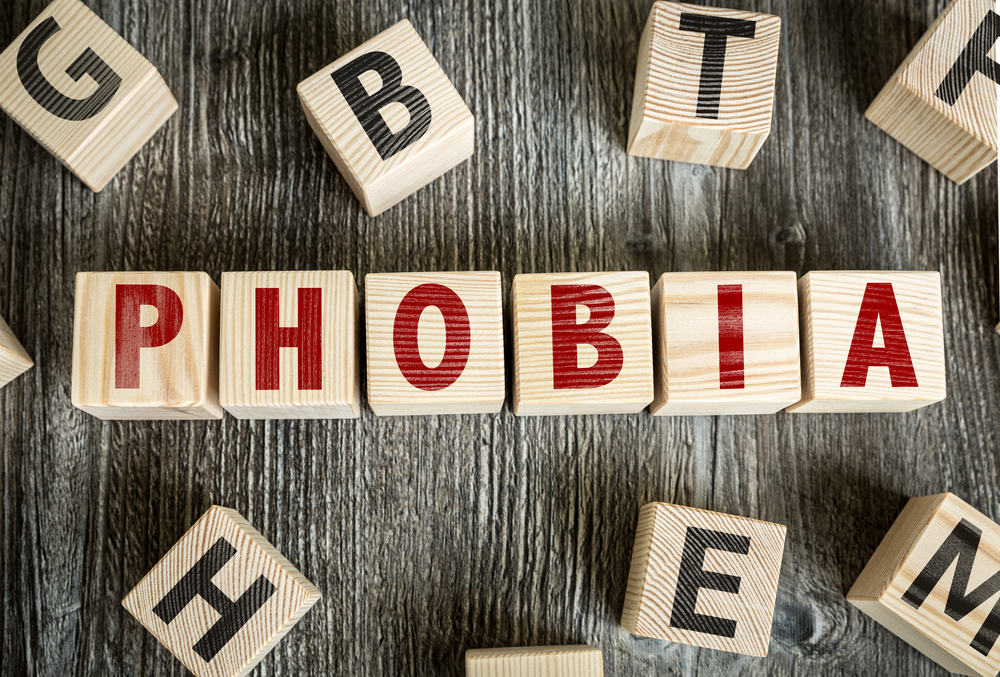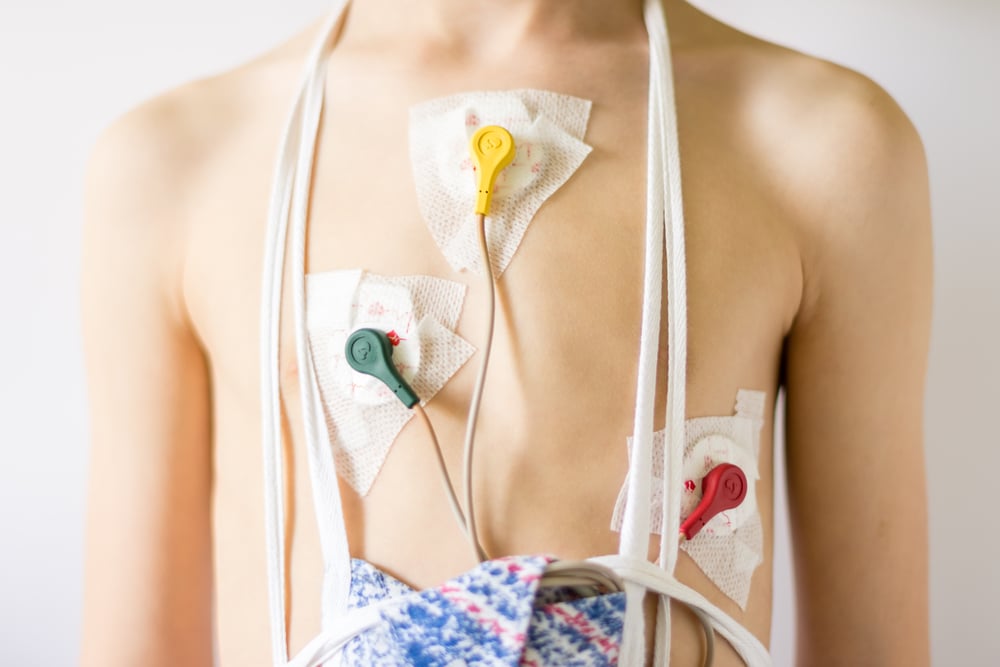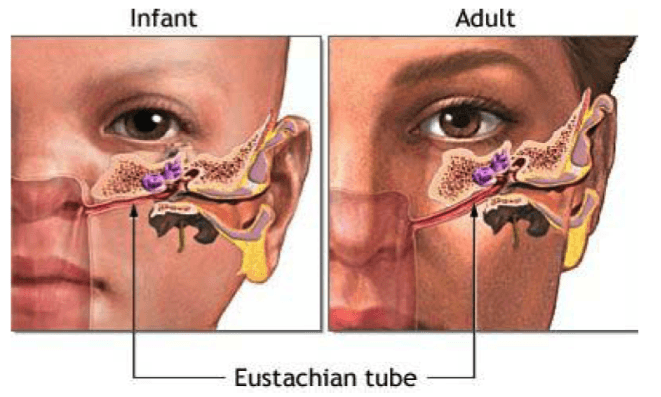Contents:
- Medical Video: 25 Strange Phobias You May Not Know You Have
- What are the types of phobias?
- Specific phobia
- Complex phobia
- Causes of phobia
- How to overcome phobia?
- Psychotherapy
- Giving medicine
Medical Video: 25 Strange Phobias You May Not Know You Have
Phobia or phobia is a feeling of fear of excessive things that do not make sense, both objects and situations that actually do not cause harm. Unlike general nervousness (such as being nervous when you want to speak or appear in public), phobias are usually related to something specific.
What are the types of phobias?
Phobias are broadly grouped into two, namely:
Specific phobia
This type of phobia is more directed at phobia due to certain objects or situations. These phobias usually start from childhood or adolescence, and can be reduced in severity as you age. Some examples of specific phobias are:
- Glossophobia: feeling afraid to speak in public, even thinking about it can cause sufferers to experience significant physical disorders such as cold sweat, weakness, and abdominal pain.
- Acrophobia: fear of heights. Those who suffer from acrophobia will avoid high places such as mountains, bridges, and tall buildings. Symptoms that appear can be dizziness, vertigo, cold sweat, and feelings of wanting to faint while at height.
- Claustrophobia: fear of a narrow place. In more severe cases, people with claustrophobia avoid riding elevators, even vehicles such as cars.
- Aviatophobia: afraid of flying.
- Dentophobia: fear of dentists or procedures performed by dentists. Dentophobia usually appears after experiencing unpleasant experiences when visiting a dentist.
- Hemophobia: fear of blood or injury. Those who have hemophobia can even faint when confronted with blood or wounds both from themselves and others.
- Arachnophobia: fear of spiders.
- Cynophobia: fear of dogs.
- Ophidiophobia: fear of snakes.
- Nyctophobia: Fear of night or darkness. This fear usually occurs in young children, but if the fear does not disappear or even worsens to adulthood, it can be called a phobia.
Complex phobia
This type of phobia usually has a more severe effect on daily life when compared to specific phobias. Tend to develop when the patient is an adult, complex phobia is a fear that comes from anxiety about a particular situation or situation. Examples of types of complex phobias are:
- Agoraphobia: many people define agoraphobia as fear of open spaces, but in fact agoraphobia is more complex than that. More precisely, agoraphobia is a fear of situations where if a problem occurs, sufferers feel they will have difficulty escaping or asking for help. Those who suffer from agoraphobia usually avoid traveling by public transportation, visiting crowded places like shopping, and even fear leaving home.
- Social phobia: or often referred to as social anxiety disorder simply interpreted as fear of being in a social situation. This social phobia is more than just 'shame' in public. For example, those with social phobia will experience excessive anxiety both before, during, and after speaking in front of many people. Usually they are afraid to say or do something that embarrasses them. People with social phobia tend to avoid meeting strangers, start conversations, talk on the phone, avoid eye contact, and have low self-esteem.
Causes of phobia
There is no definite cause that can explain why a person can experience phobias. Genetic and environmental factors can increase a person's risk of experiencing a phobia. Children who have close relatives anxiety disorder have the possibility to experience phobias. A traumatic event can also cause phobias, such as almost drowning can cause a phobia of water. Confined in a narrow room, in extreme height, and the bite of an insect or animal can also cause phobias. Phobias can also occur after a person experiences trauma to the brain.
How to overcome phobia?
Treatment given can be in the form of psychotherapy, drug administration, or a combination of both.
Psychotherapy
- Exposure therapy: This therapy helps change your perspective on the subject or situation that you are afraid of. The subject or situation that you fear is controlled and periodically will be faced in front of you, so you can learn to overcome your fear. For example, people with claustrophobia who are afraid to use the elevator will be asked to look at the elevator image, imagine themselves standing in front of the elevator door, and entering the elevator. Then gradually you will be asked to try to use the elevator just to go up one floor until after a while you get used to using the elevator.
- Cognitive Behavioral Therapy (CBT): this therapy combines exposure therapy with another type of therapy that aims to help phobia sufferers overcome fear of certain objects or situations. Therapy is more emphasized on how to control thoughts and feelings.
Giving medicine
- Beta blockers: these drugs work by blocking the work of adrenaline which can stimulate the body's work (such as increased blood pressure and heart rhythm, vibrating sounds, and weakness due to fear or panic). The use of beta blockers is effective for reducing the symptoms of phobias that arise.
- Antidepressants: antidepressants act in controlling serotonin which functions to control mood.
READ ALSO:
- 3 Steps to Avoid Depression from a Broken Heart
- Not Just Moody: Mood Swing Can Be A Symptom Of Mental Disorders
- Somatoparaphrenia, Syndrome Does Not Recognize Own Body












